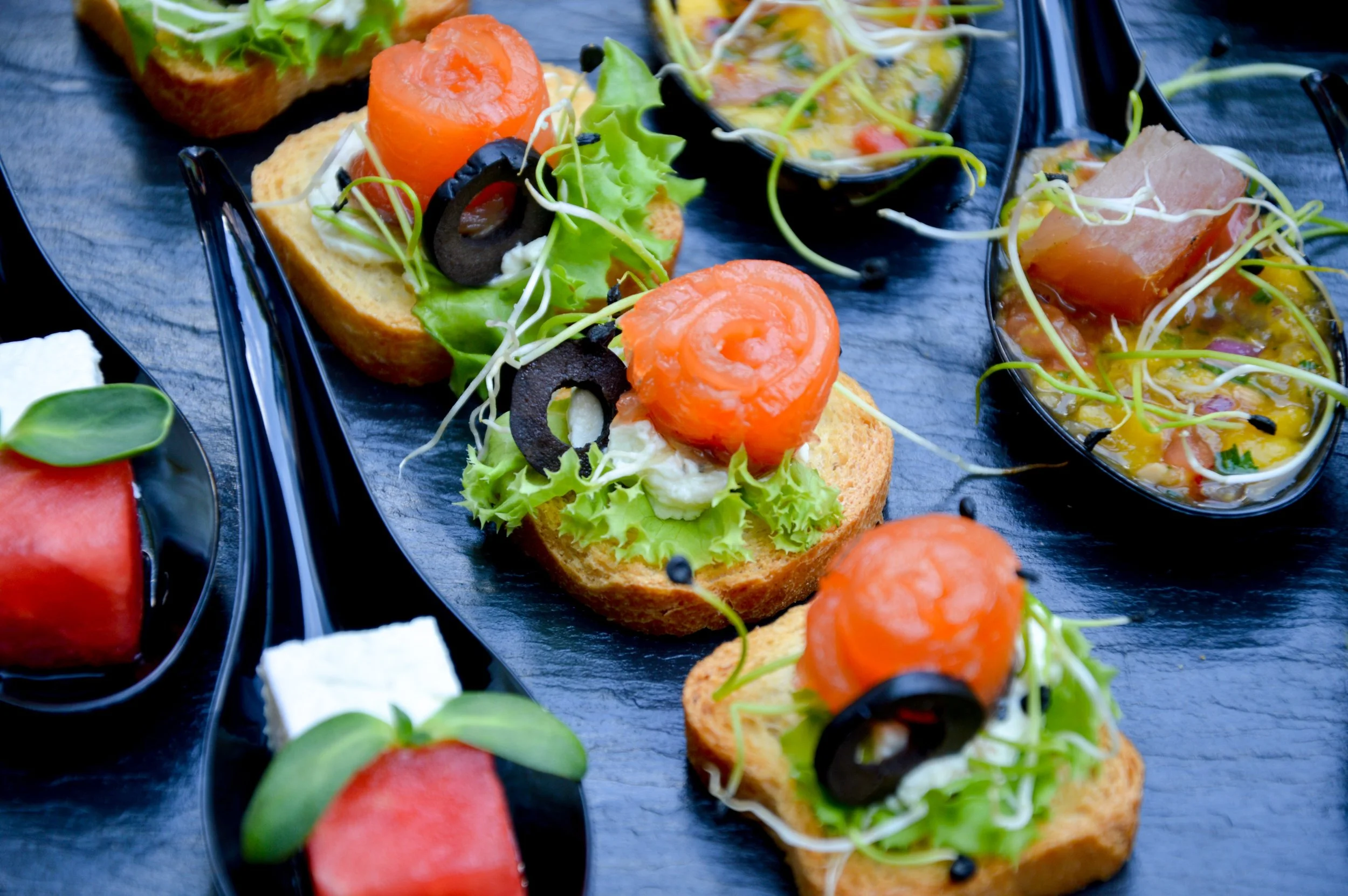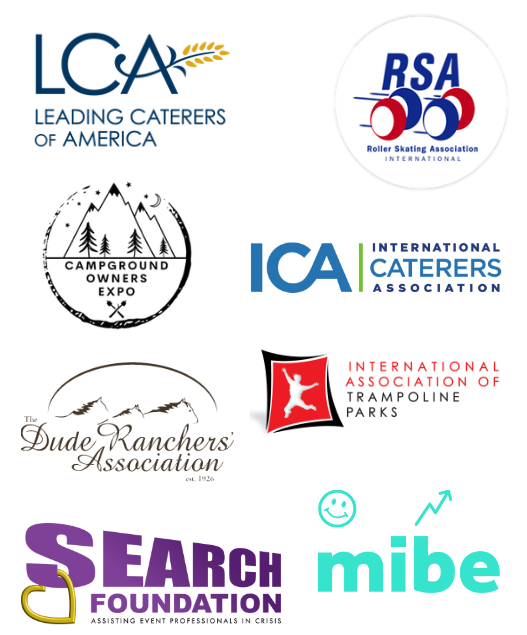Balancing Labor and Food Costs
/Catering professionals wear many hats: creative designer, chef, kitchen manager, server, and even health and safety assessor. Many of these responsibilities are shared throughout the team, but catering managers carry the extra role of a financial decision-maker. While many business owners outsource accounting and bookkeeping, there’s much to learn from the kitchen trenches when it comes to auditing expenses.
For caterers, two categories make up the bulk of a company’s overhead: labor and food. You need food to serve, but you also need people to prepare the food. Yes, you must also account for kitchen appliances, utility bills, insurance, and other costs. But without labor and food, you wouldn’t need the rest of it!
So, when you’re looking to increase your profit margins, starting with your labor and food costs makes sense. Here are some ways you can trim expenses in both areas.
Labor
There’s a fine line between overstaffing and understaffing; both have dire consequences. Hire too many people, and you’ll drain money on payroll. Keep your team too small, and your kitchen will struggle to meet demand. Finding a happy medium lies in fair pay, efficient scheduling, and vigilant cost analysis.
If your team is too large, you may need to consider layoffs to balance costs. But often, you can retain existing employees and still find savings through other means.
Start by comparing your team’s schedule to their pay rates, with consideration to your typical event needs. For example, are higher-paid employees working longer hours to perform tasks lower-paid employees can handle? Can you scale back on staffing after dinner is served? Do you need 3-4 bartenders for a bat mitzvah where most of the guests are underage (even if there are 200 people total)?
A simple reshuffling of staff schedules can significantly reduce labor expenses. However, be mindful of the client experience and avoid cutting back to the point where the quality of service is affected.
Food
With food, there are typically more creative ways to trim costs — redesigning your menu, exchanging ingredients, and using food scraps can all mean less waste and more profit. But there’s plenty you can do outside of the kitchen, too.
First, consider adjusting how you source your ingredients. Are there local suppliers, like farmers and butchers, with whom you can partner? If so, introduce yourself and work on cultivating a mutually beneficial relationship. Having a trusted source within your community can open you up to more savings and a broader local network.
Joining a group purchasing organization (GPO), like SB Value, is another easy and effective way to reduce food costs. By leveraging the collective buying power of thousands of caterers, we secure wholesale rates for our members regardless of quantity. In other words, you can save on every order without changing what (or how much) you buy.
Members can also take advantage of our custom support services by working with a local representative to identify additional opportunities to save money. From learning more efficient kitchen practices to negotiating better prices, our staff is committed to supporting members like you.
You don’t need to be a mathematician to refine your budget and uncover hidden savings. Some strategic shifts inside and outside the kitchen can make all the difference! Keep an eye on your numbers, experiment with new cost-cutting techniques, and don’t hesitate to ask for help.
Clint Elkins is the V.P. of Sales for SB Value, a Group Purchasing Organization that helps culinary professionals save an average of 16% on every food order. Membership is 100% free. No hidden fees. No extra work. Just extra profits. See how much you can save on your next food order when you become an SB Value member. Request a quote today.








